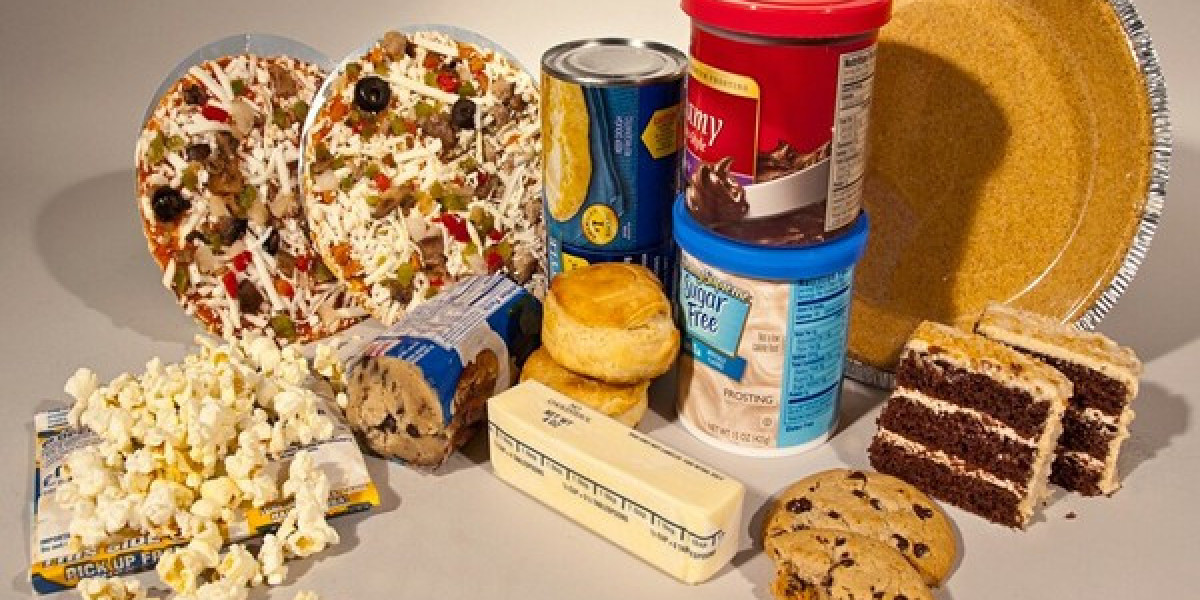The global food industry is undergoing a significant transformation as consumer preferences shift towards healthier, cleaner, and more sustainable products. This evolution is particularly evident in the food coating sector, where the demand for titanium dioxide-free (TiO₂-free) coatings is gaining momentum. These coatings, once dominated by TiO₂ for their whitening and opacifying properties, are now being replaced by natural and safer alternatives.
Market Drivers
1. Health and Safety Concerns
Titanium dioxide has been a staple in food coatings for decades, valued for its ability to provide a bright white appearance. However, its safety has been increasingly questioned. The European Food Safety Authority (EFSA) has raised concerns about the genotoxicity of TiO₂ particles, leading to regulatory actions such as the European Commission's ban on TiO₂ as a food additive (E171) effective from August 2022. This regulatory shift is prompting manufacturers to seek alternative solutions that align with consumer safety expectations.
2. Rising Consumer Demand for Clean Labels
Consumers are becoming more health-conscious and are actively seeking food products that are free from potentially harmful additives. This shift is driving the growth of the titanium dioxide-free food coating market. Manufacturers are responding by reformulating products to meet the clean label trend, which emphasizes transparency and the use of natural ingredients.
3. Regulatory Pressures
Stringent regulations aimed at reducing the use of synthetic additives in food are compelling manufacturers to explore safer alternatives. The scrutiny on titanium dioxide, particularly in regions like Europe and North America, is accelerating the adoption of natural food colorants derived from fruits, vegetables, and other botanical sources.
Innovative Alternatives to Titanium Dioxide
To replace TiO₂, several natural alternatives are gaining traction:
Rice Starch: Offers a natural and clean-label substitute, providing a high degree of whiteness to confectionery coatings.
Calcium Carbonate: Not only provides whitening properties but also adds calcium, benefiting both appearance and nutritional value.
Algae, Starch, and Protein Biopolymers: These materials exhibit excellent barrier properties against moisture and oxygen, extending shelf life without compromising the sensory qualities of foods.
Companies have developed various alternatives that closely match the performance of TiO₂ while addressing clean ingredient trends. These innovations are helping to fill the gap left by titanium dioxide and provide safer, more sustainable options for food manufacturers.
Regional Insights
Europe: Leading the charge with stringent regulations and a strong consumer preference for natural products.
North America: Increasing consumer awareness and regulatory scrutiny are driving the demand for TiO₂-free coatings.
Asia-Pacific: Rapid urbanization and changing lifestyles are boosting the demand for processed foods, presenting opportunities for TiO₂-free coatings as consumer awareness grows.
Challenges and Considerations
Despite the promising outlook, several challenges remain:
Cost Implications: Natural alternatives may be more expensive than traditional TiO₂, potentially increasing production costs.
Formulation Complexities: Achieving the desired appearance and shelf life with natural ingredients can be challenging and may require extensive research and development.
Consumer Education: Educating consumers about the benefits of TiO₂-free products is crucial for widespread adoption.
Conclusion
The long-term outlook for the titanium dioxide-free food coating market is promising, driven by health and safety concerns, regulatory pressures, and a growing consumer preference for clean-label products. While challenges exist, the ongoing innovation in natural alternatives and the increasing demand for safer food products position this market for sustained growth. As manufacturers continue to adapt to these trends, the future of food coatings looks set to be both healthier and more sustainable.
Get More Info : https://www.pristinemarketinsights.com/titanium-dioxide-free-food-coating-market-report









